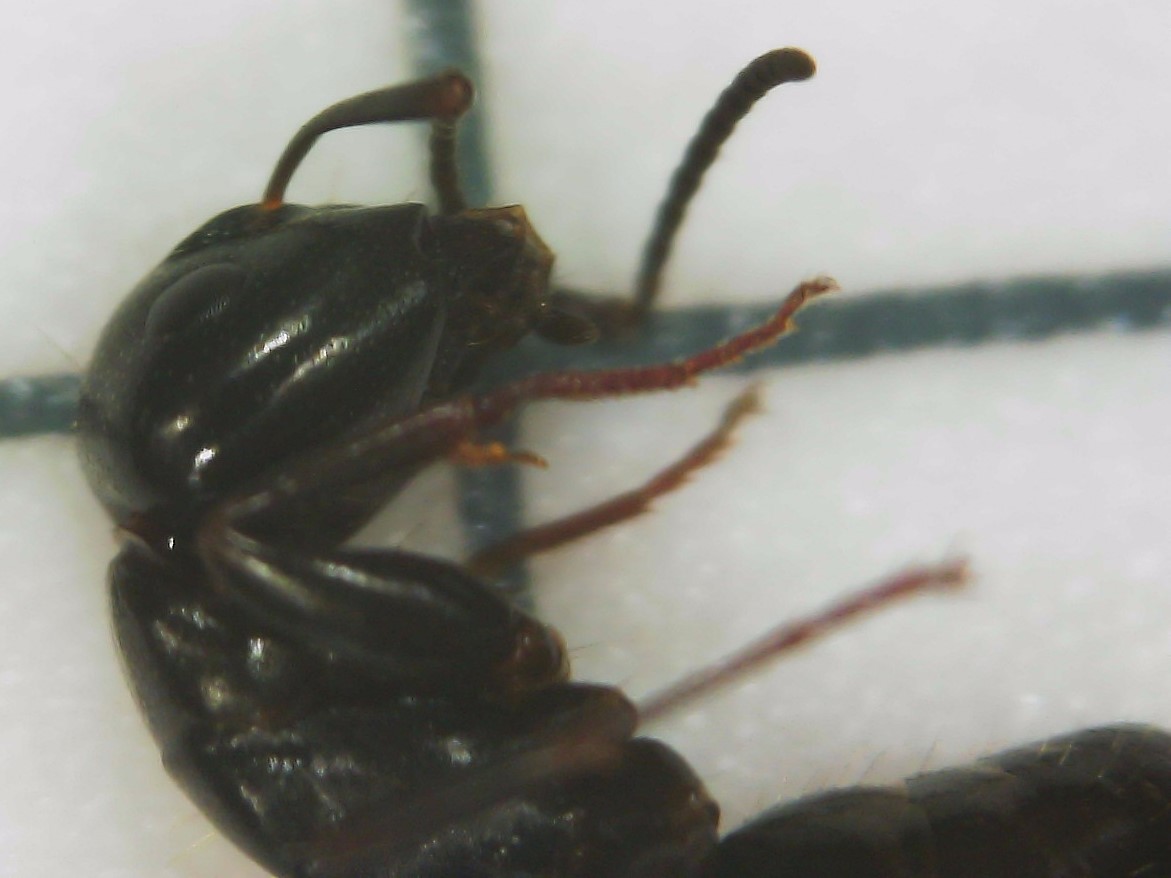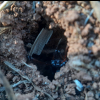How exactly do I tell the difference between the two species in the title? Currently, I call the normal black or red and black varieties C. nearcticus and the oddly colored ones with orange markings C. caryae. I know caryae has hairs on its face that are absent in nearcticus, but I don't think those are very easy to detect when they are there. The most interesting form I see is a subgenus myrmentoma major with a black gaster, orange mesosoma, and a reddish brown head. This I always call caryae.
- Formiculture.com
- Forums
- Gallery
- Members
- Member Map
- Chat





















